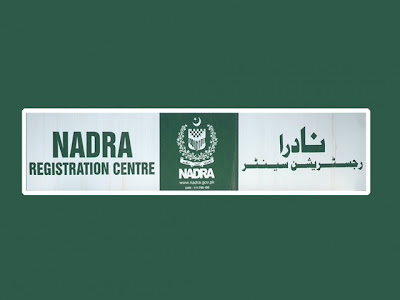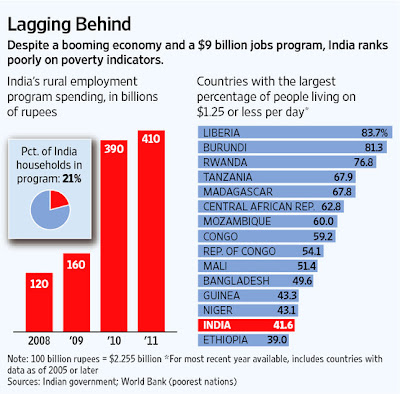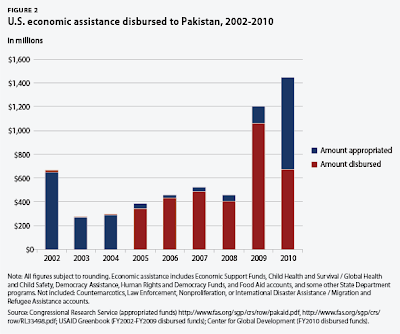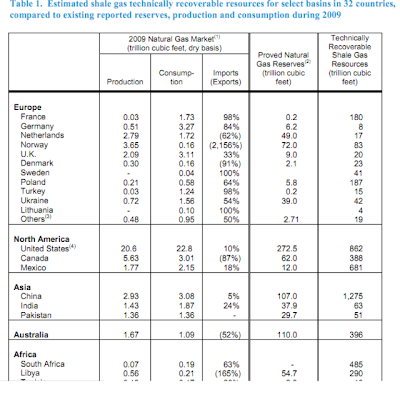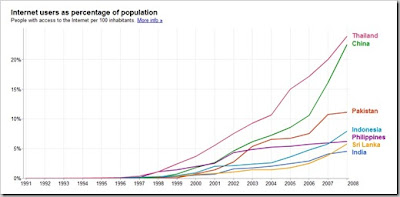Culture of Corruption Impedes Progress
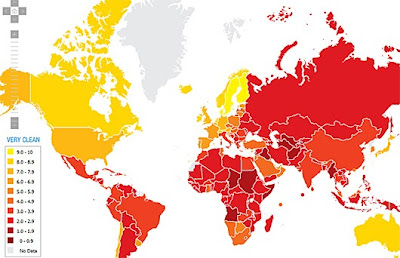
Rampant corruption is believed to be a major factor impeding economic development in Pakistan and many other developing nations. Is this corruption and lawlessness rooted in the absence of adequate law enforcement, or the lack of independent judges ? Or is it a national culture of corruption that ranks such nations among the most corrupt in the world on Transparency International surveys ? A paper titled "Cultures of Corruption: Evidence from Diplomatic Parking Tickets" by Ray Fisman of Columbia University and Edward Miguel of University of California, Berkeley attempts to answer the above question by using parking violations data on international diplomats living in New York City during 1997-2005. Since all foreign diplomats have immunity from prosecution in the host country, they do not have to pay fines for any parking violations in New York City. The authors argue that the way the diplomats from different nations behave in such a situation is entirely based on the cultur
